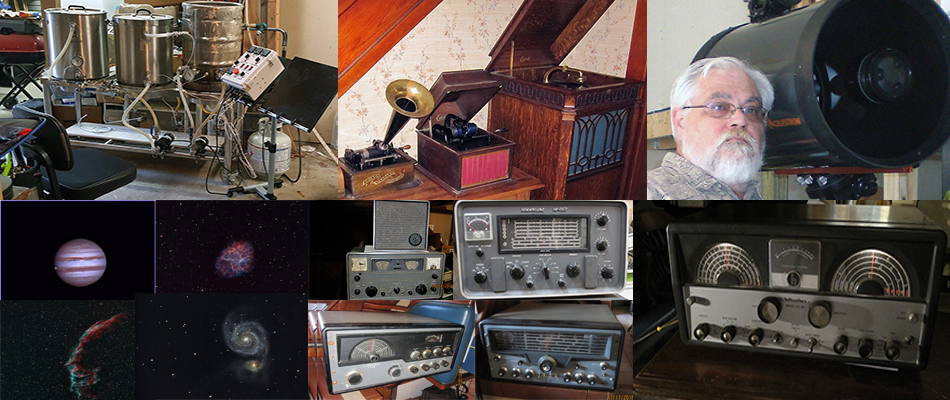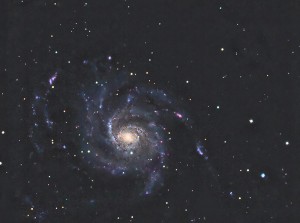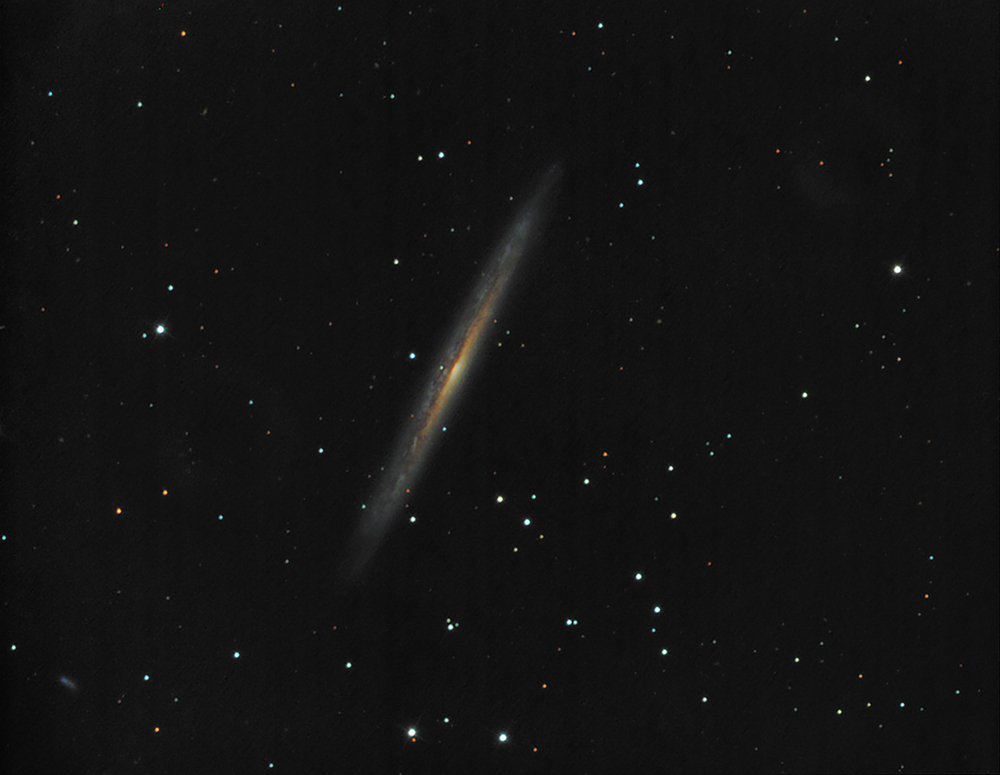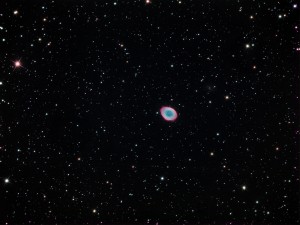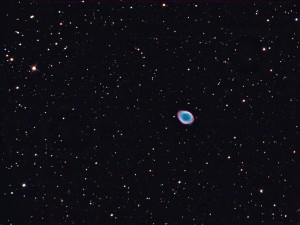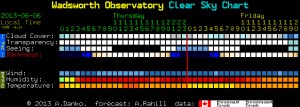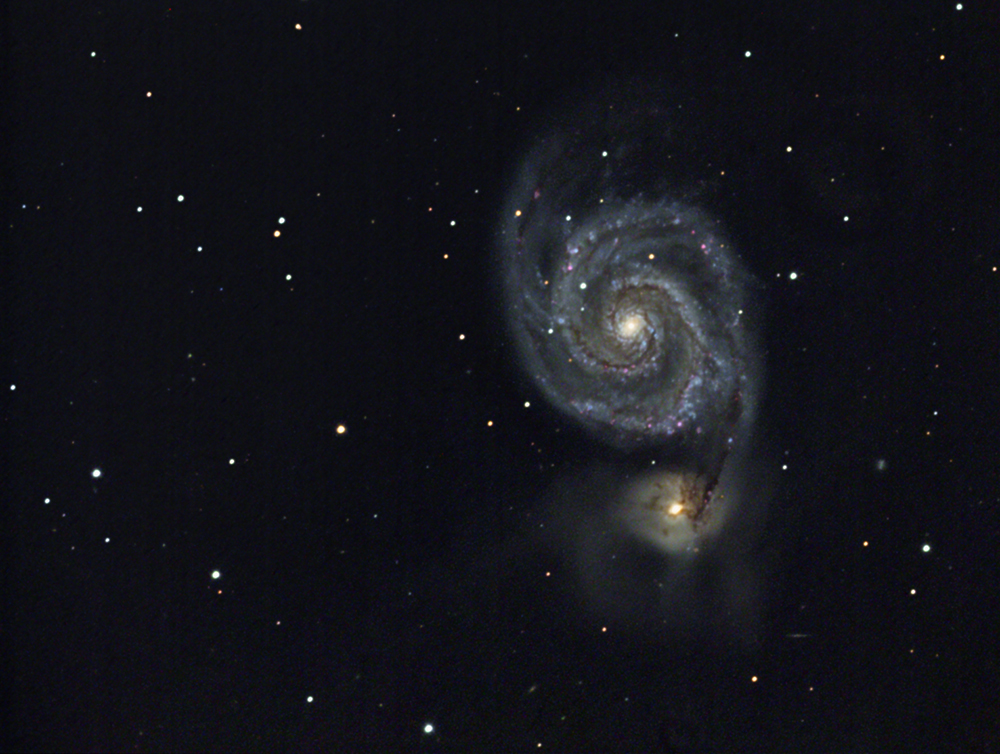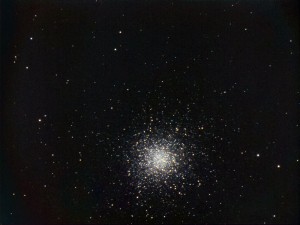There are several extremely active threads running on CN about the LX850 and about Meade’s future and all of the mistakes that drove Meade to the edge. One frequently-reported mistake is that Meade didn’t offer the kind of telescope the poster wants, as though the poster’s preferences alone drive the market. In many cases, the product Meade “failed to deliver” was actually a good seller for a decade or more; in others, it was tried and no market was found. Either way, it appears that the poster is just unfamiliar with Meade’s product history and is merely making stuff up to complain about. The truth is that Meade made real mistakes, most notably the premature RCX400 and LX800 releases – but those are old news. They contributed to Meade’s current problems, but they aren’t relevant to discussions of the current product line.
In the active threads, one might wish that the majority of posts were from folks with experience with the new products – but this is not the case. Most of the posts come from a few people who haven’t used the gear but just can’t stop repeating their rants and who apparently don’t read posts from folks with more knowledge of the products. Between the attacks and the fact that posts apparently aren’t read anyway there has been a chilling effect; those with the greatest knowledge of the relevant products are posting less and less. I certainly don’t feel like entering the fray until I have something specific to report or a new image to share.
The funniest bit is that one of the most active of the Meade bashers is actually a dealer for several mount manufacturers who compete with Meade! This kind of thing is one of the primary reasons for the restriction in CN’s Terms of Service, which forbid a vendor from “commenting, directly or indirectly, on competing products”. I believe that he has simply worn the moderators down by posting all day, every day (no other vendor does this on CN). If the mods tried to enforce the rules on this guy, they’d have to quit their day jobs.
I did see my name mentioned today; someone commented that I seemed to be pleased with my LX850, but that it wasn’t outperforming my previous mount. If one doesn’t know what that mount was, it might seem like a disappointing result. As my previous mount was a Takahashi NJP, that would be a misunderstanding. I’m certain that Meade never hoped that the LX850 would outperform an NJP – but in one sense it actually does! Out of the box, it does a better job than the NJP did out of the box. The NJP required additional guiding hardware (OAG, guide camera) at the focal length I’m using. If I thought I could easily find that post again out of the pages and pages of noise, I’d probably step in to clarify that.
